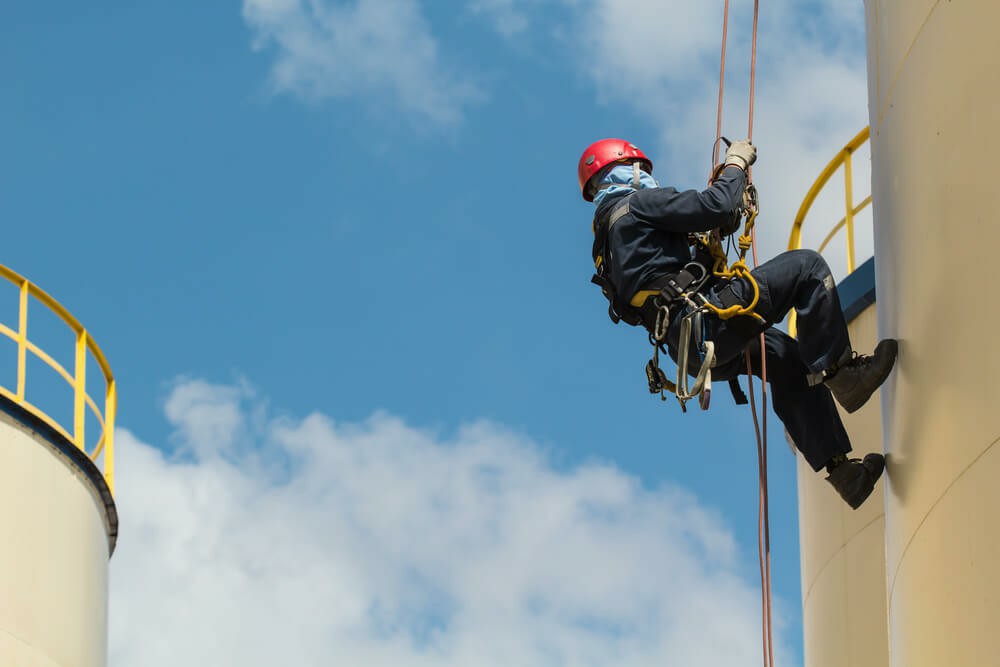


 349,500 Offered Certificates
349,500 Offered Certificates
 24/7 Online Training
24/7 Online Training
 Money Back Guarantee
Money Back Guarantee
 Fully Accredited Courses
Fully Accredited Courses

Created at: 22-02-2025 15:38
Working at heights is one of the most hazardous activities in various industries, from construction and maintenance to warehousing and telecom. The dangers associated with working elevated often lead to serious injuries or fatalities. Understanding these risks and implementing effective training and safety systems can mean the difference between a safe working environment and a tragic accident.
When teams work at height, several risks need to be addressed:
So how can you mitigate these hazards? Proper training is crucial. A comprehensive Working at Heights training program equips workers with the knowledge and skills they need to recognize and control risks associated with working at height.
A well-structured Working at Heights Course covers:
Effective fall protection systems can drastically reduce the risk of accidents:
Even with the best preparations, accidents can happen. Thus, having a well-defined emergency response plan is critical:
Consider these case studies, showcasing how effective Working at Heights certification can prevent accidents:
On a busy construction site in Dublin, a worker fell from scaffolding while adjusting materials. However, due to recent Working at Heights training, rescuers were able to respond quickly, stabilizing the victim and administering first aid until paramedics arrived. The worker survived with minor injuries because the crew was trained to deal with such situations.
In a recent incident in Cork, a team of decorators had received their Working at Heights certification before taking on a skyscraper project. When a strong wind warning was issued, they promptly halted their work, ensuring team safety. Their proactive decision-making, grounded in effective training, avoided potential injury from dangerous working conditions.
With so many risks associated with working at heights, proper training is essential to ensure safety and compliance. Investing in certified Working at Heights training can provide teams with the necessary skills to identify hazards, implement safety measures, and respond effectively in emergencies.
If you’re looking for a comprehensive Working at Heights safety course in Ireland, feel free to visit Ireland Safety Training for more information. You can also reach us at [email protected] to learn more or get started on your certification today!